 Josef Strecker
Josef Strecker
Race and Ethnicity: White
 Josef Strecker
Josef Strecker
Street, James Howell
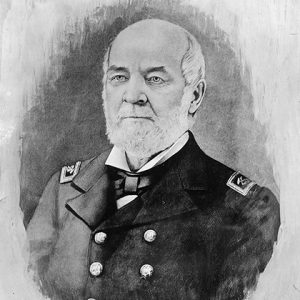 Cornelius Stribling
Cornelius Stribling
Strickland, Jacob (Execution of)
Strong, Erastus Burton
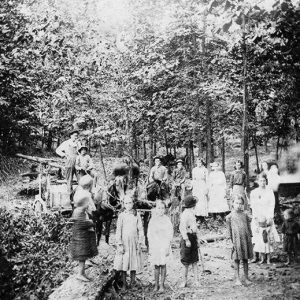 Strother Mill
Strother Mill
Stroud, John Fred, Jr.
Stuart, Mary Routh McEnery
aka: Ruth McEnery Stuart
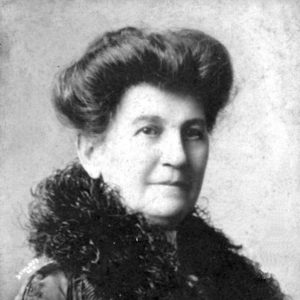 Ruth Stuart
Ruth Stuart
Stuck, Dorothy
Stuck, Elmer Axtell
Sturgis, Walter Roy
 B. Alan Sugg
B. Alan Sugg
Sugg, Barney Alan
 Summer of My German Soldier
Summer of My German Soldier
Summerall, George Allen “Pat”
Sundown Towns
aka: Racial Cleansing
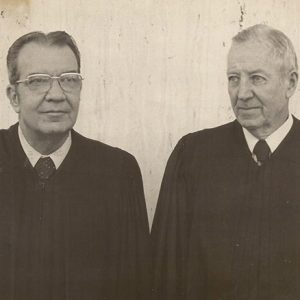 Supreme Court Justices
Supreme Court Justices
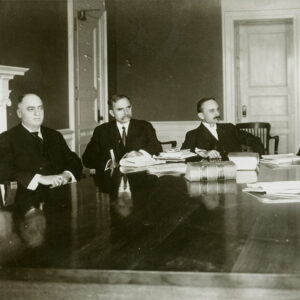 Supreme Court Members
Supreme Court Members
Sutherland, Cyrus Arden (Cy)
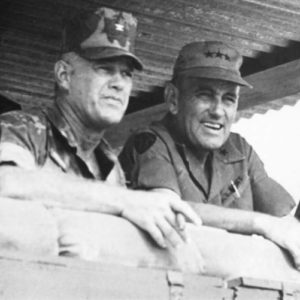 James W. Sutherland
James W. Sutherland
Sutherland, James W., Jr.
 Eddie Sutton
Eddie Sutton
Sutton, Eddie
 Tommy Swaim
Tommy Swaim
 Swedlun Paintings
Swedlun Paintings
Swedlun, Frederick Ernest
aka: Ernest Fredericks
Swedlun, Glenn C.
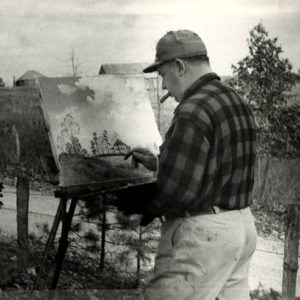 Glenn C. Swedlun
Glenn C. Swedlun
 Sweet Adelines
Sweet Adelines
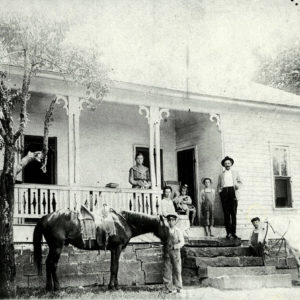 Swift House
Swift House
 Swift House
Swift House
Swindler, John Edward (Trial and Execution of)
 Barry Switzer
Barry Switzer
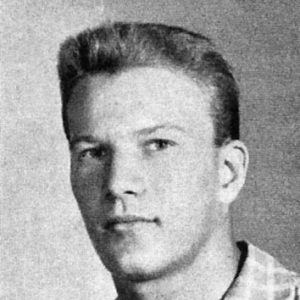 Barry Switzer
Barry Switzer
Switzer, Barry
Tabor, Ronald Dale
 Dale Tabor
Dale Tabor
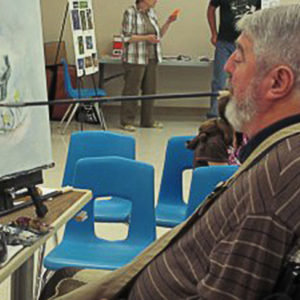 Dale Tabor
Dale Tabor
Tackett, Boyd Anderson
Talbot, John Michael
 John Michael Talbot
John Michael Talbot
Talbot, William
 Talburt Home
Talburt Home
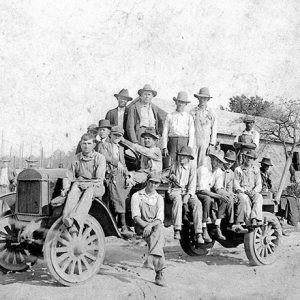 Ed Talburt
Ed Talburt
 Eugene Talburt
Eugene Talburt
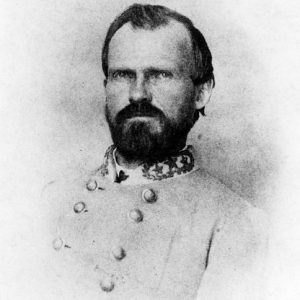 James Tappan
James Tappan
Tappan, James Camp
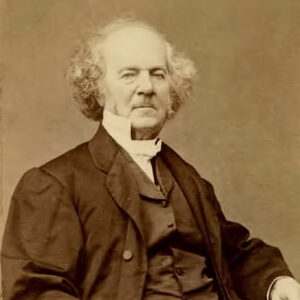 Lewis Tappan
Lewis Tappan
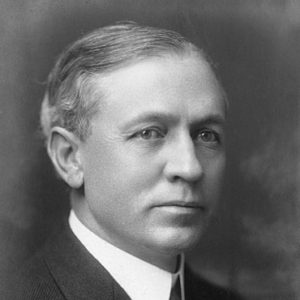 Charles Taylor
Charles Taylor




